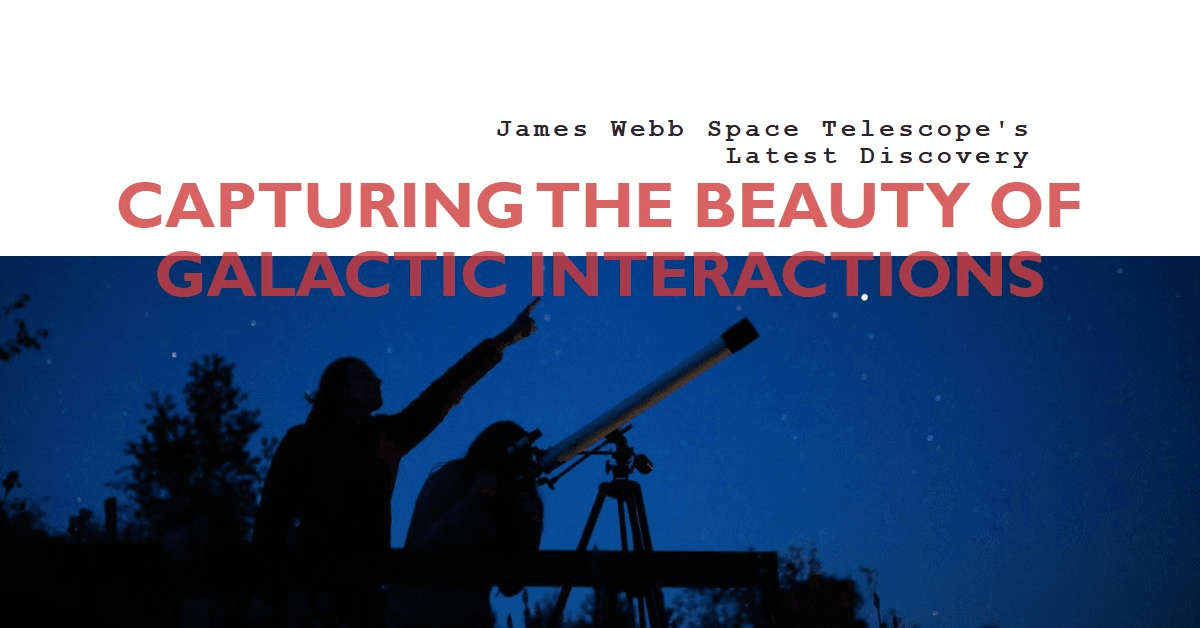NASA’s James Webb Space Telescope (JWST) has produced a remarkable new image showcasing the complex interplay between two galaxies. Located approximately 326 million light-years away, the interacting pair, known as Arp 142, presents a captivating spectacle often referred to as “the Penguin and the Egg.”
The infrared capabilities of the JWST have unveiled unprecedented details of this galactic encounter. NGC 2936, once a spiral galaxy, has been dramatically distorted by the gravitational influence of its companion, NGC 2937. This tidal interaction has sculpted NGC 2936 into a peculiar shape reminiscent of a penguin. Meanwhile, NGC 2937, retaining a more elliptical form, also bears the imprint of this cosmic dance.
This image offers astronomers a unique opportunity to study the dynamic processes at work during galactic mergers. By analyzing the distribution of gas, dust, and star formation within the pair, researchers can gain valuable insights into galaxy evolution. The data collected by the JWST will contribute to refining models that describe how galaxies form and develop over cosmic timescales.
Arp 142 serves as a compelling testament to the JWST’s capabilities. The telescope’s ability to penetrate cosmic dust and observe in infrared wavelengths has opened new frontiers in astronomical research. As the JWST continues its exploration of the universe, we can anticipate further groundbreaking discoveries that will reshape our understanding of the cosmos.
James Webb Space Telescope (JWST)

The James Webb Space Telescope (JWST) is a marvel of engineering and a groundbreaking tool for astronomy. It’s the largest and most powerful space telescope ever built, designed to observe the universe in infrared light. This allows it to see through cosmic dust and detect objects that are too old, distant, or faint for the Hubble Space Telescope.
Key features of JWST:
- Infrared capabilities: JWST is optimized for infrared astronomy, which enables it to study objects that emit heat, such as distant galaxies, stars, and planets.
- Large mirror: Its primary mirror is composed of 18 hexagonal segments that unfold to create a mirror with a diameter of 6.5 meters, providing exceptional light-gathering power.
- Sunshield: A massive sunshield protects the telescope from the heat of the Sun, allowing it to operate at extremely cold temperatures necessary for infrared observations.
- Orbit: JWST orbits the Sun at a point called L2, about 1.5 million kilometers from Earth, providing a stable observing environment.
Scientific goals:
- Study the early universe: JWST aims to observe the first galaxies that formed after the Big Bang, providing insights into the universe’s early stages.
- Investigate exoplanets: It will analyze the atmospheres of exoplanets to search for signs of habitability and potential life.
- Explore star formation: JWST will study how stars and planetary systems form from gas and dust clouds.
By achieving these goals, JWST is revolutionizing our understanding of the universe and our place within it.
James Webb Space Telescope’s Groundbreaking Discoveries

The James Webb Space Telescope (JWST) has already made a profound impact on our understanding of the universe in its relatively short operational life. Here are some of its most significant discoveries:
Early Universe Observations
- Detection of extremely distant galaxies: JWST has peered deeper into space than ever before, finding galaxies that existed just a few hundred million years after the Big Bang. These observations challenge existing theories about galaxy formation.
- Detailed analysis of early galaxies: Beyond discovering these distant galaxies, JWST is providing unprecedented detail about their composition, structure, and star formation rates.
Exoplanet Research
- Atmospheric analysis: The telescope has analyzed the atmospheres of exoplanets, revealing the presence of water vapor, carbon dioxide, and other molecules. This information is crucial for understanding the potential habitability of these worlds.
- Direct imaging of exoplanets: JWST has taken direct images of exoplanets, providing valuable data on their physical properties and formation processes.
Star and Planet Formation
- Protoplanetary disks: JWST has captured stunning images of protoplanetary disks, the birthplaces of planets. These observations are helping scientists understand the conditions under which planets form.
- Stellar evolution: The telescope is studying the life cycles of stars, from their birth to their eventual demise, providing new insights into stellar evolution.
Other Notable Findings
- Water on Europa: JWST has detected water vapor on Jupiter’s moon Europa, suggesting the possibility of a subsurface ocean.
- Detailed images of nebulae: The telescope has produced breathtaking images of nebulae, revealing intricate details of star formation and the evolution of interstellar matter.
It’s important to note that this is just a small sample of JWST’s discoveries. The telescope is constantly providing new data and insights, and we can expect many more groundbreaking findings in the years to come.
The James Webb Space Telescope: A Cosmic Explorer

The James Webb Space Telescope (JWST) is a powerful tool for astronomers to explore the universe in unprecedented detail. Its primary mission is to delve into the origins of the cosmos.
Key areas of research and exploration:
- Studying the early universe: By observing infrared light, JWST can peer back in time to witness the formation of the first galaxies, stars, and black holes.
- Investigating exoplanets: The telescope is capable of analyzing the atmospheres of exoplanets, searching for signs of habitability and potential life.
- Understanding star and planet formation: By observing the formation of stars and planetary systems, JWST contributes to our knowledge of how our own solar system came to be.
- Exploring our solar system: While primarily focused on distant objects, JWST can also provide valuable data on planets, moons, and comets within our solar system.
In essence, the JWST is helping us answer fundamental questions about our existence and the universe’s history.










